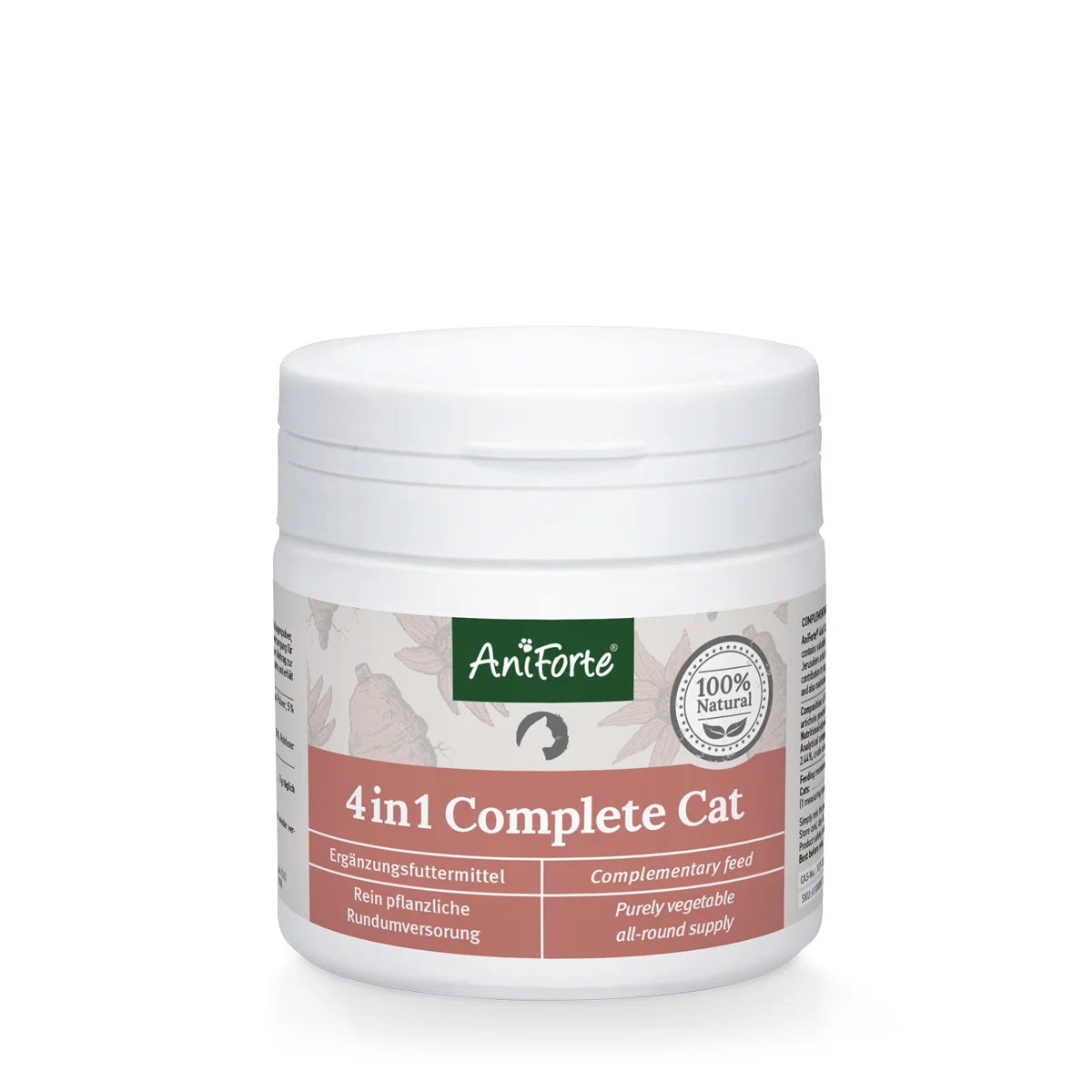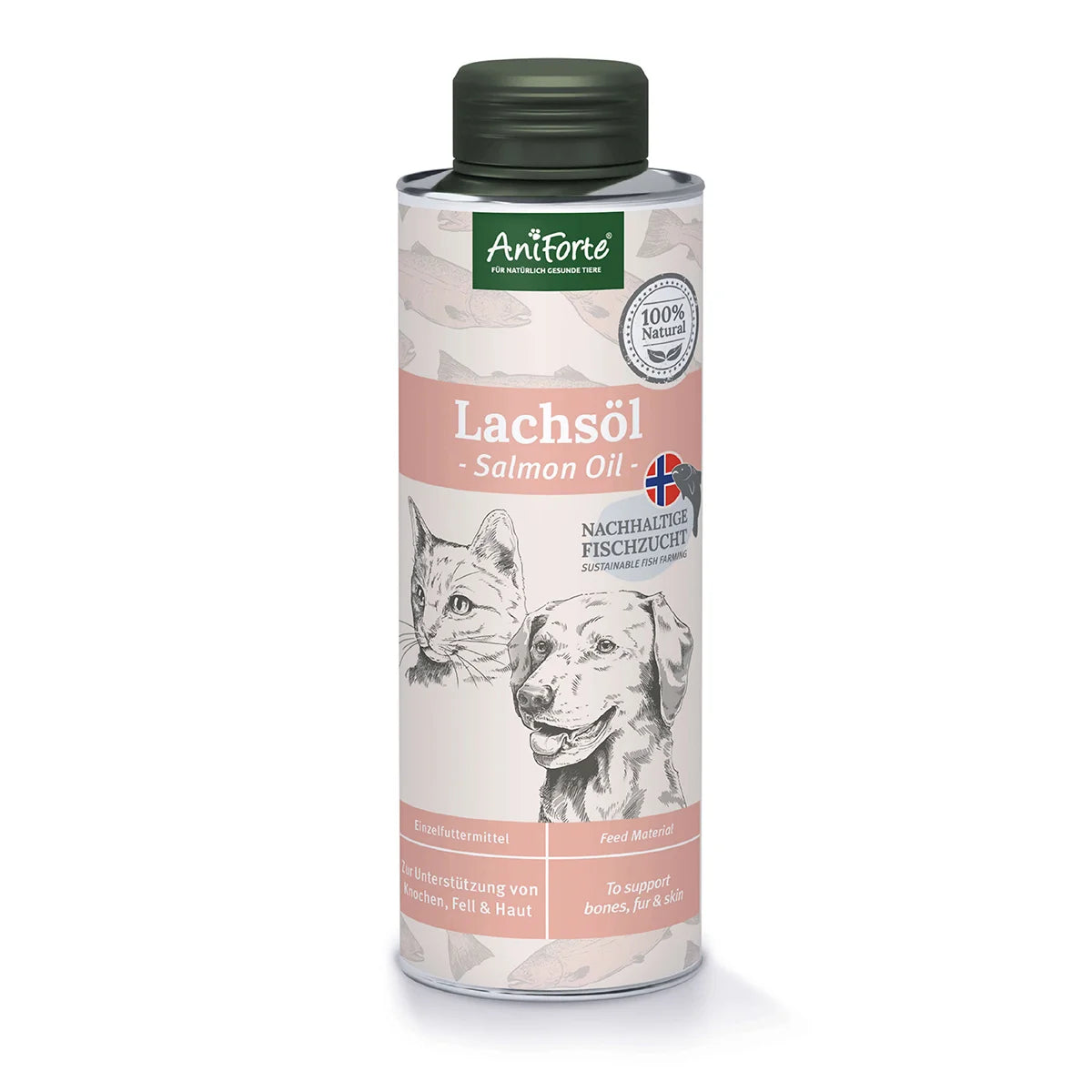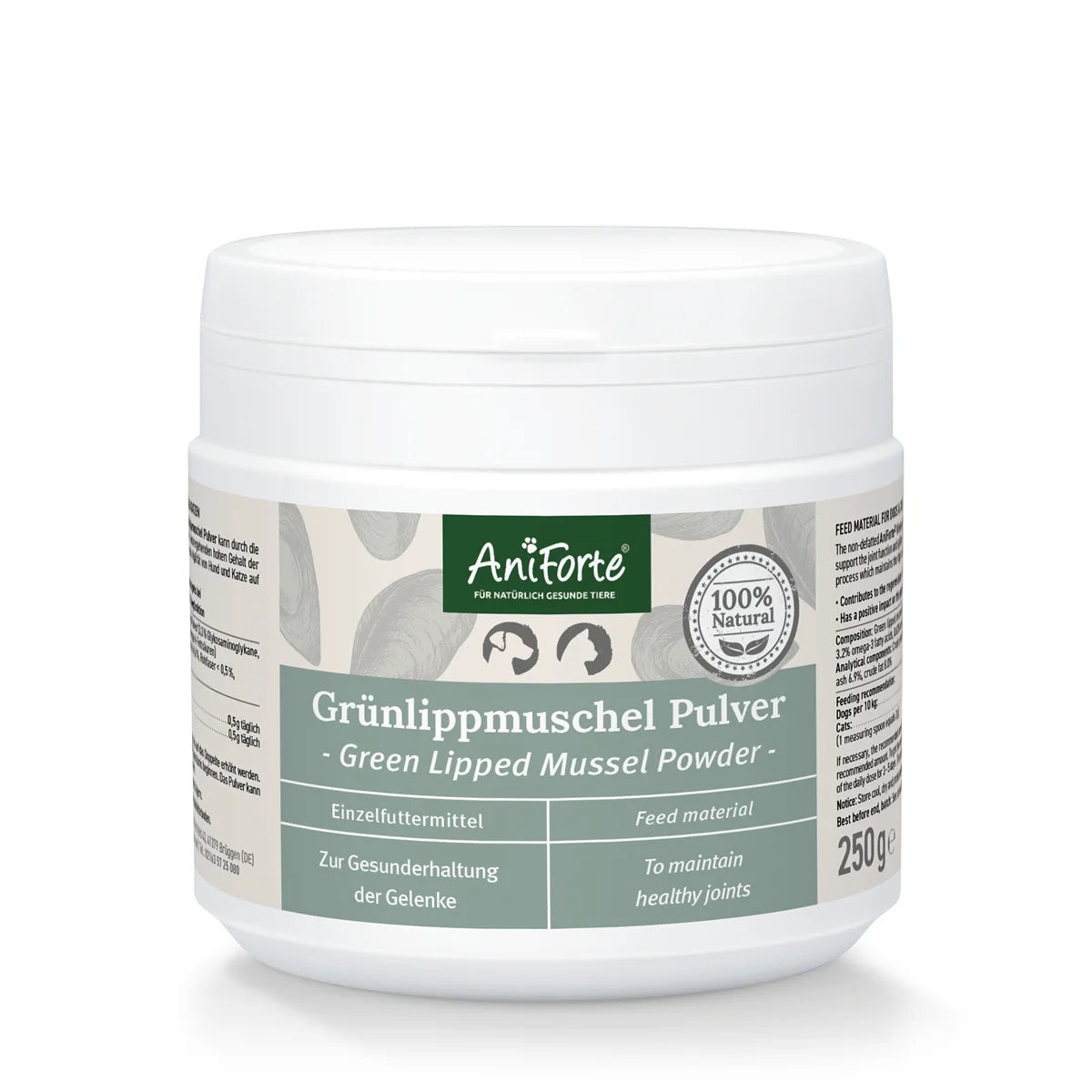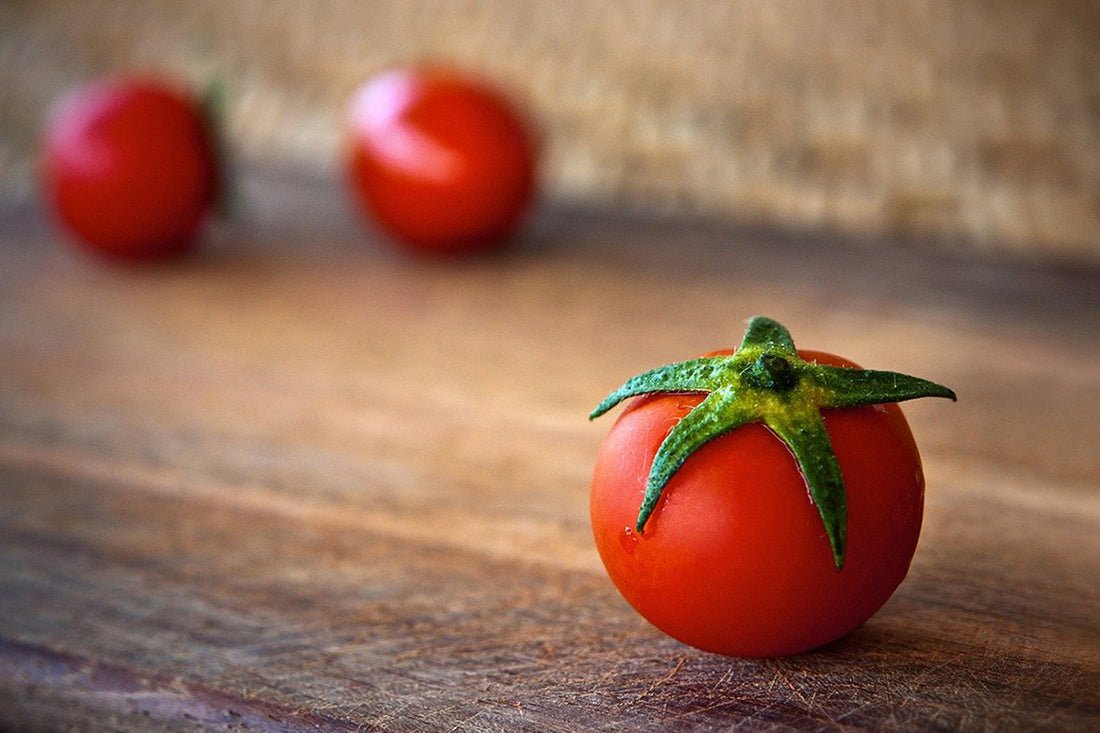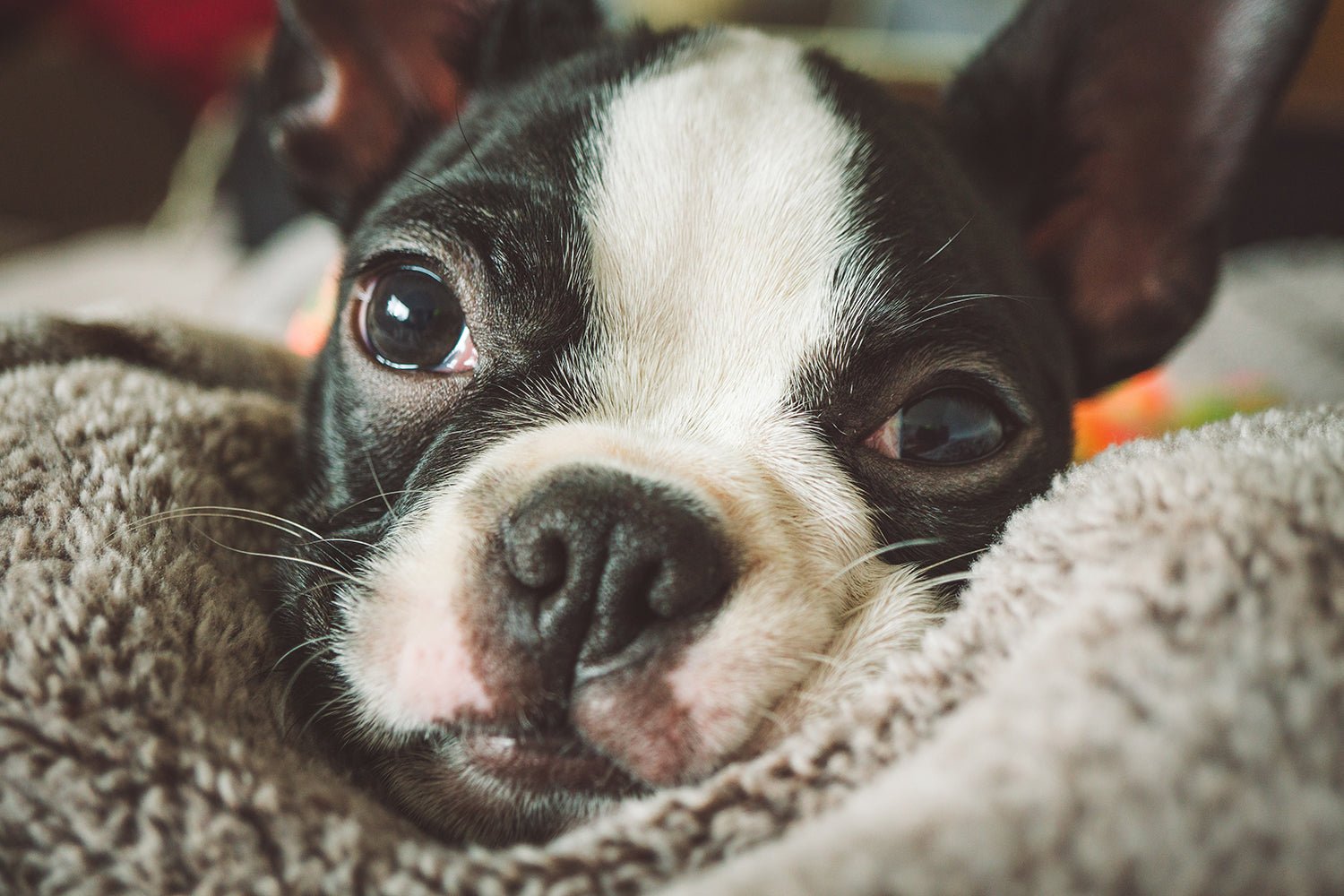
Today we are going to introduce you to a breed of dog that is exotic in name but has its roots in southern Europe: the Havanese. Find out in this breed portrait whether the small dog suits you well and what you have to pay particular attention to with the Havanese.
Breed Origin
The Havanese emerged from the breed of the Bichons, the breed that also includes Maltese, Bolognese and Bichon Frisé. The little Bichons and other Havanese-like dogs existed in Europe before the 15th century. They originally come from the western Mediterranean region around Italy and Spain.
According to the name, the Cuban city of Havana is quickly associated with this breed of dog, and it is actually believed that the breed arrived in Cuba through seafarers. In the capital Havana, the small dogs were so popular and widespread that they became a real symbol of Havana. From Cuba, the dogs eventually spread to America and then again through trade to Europe. Unfortunately, there are only a few Havanese dogs left in Cuba today. There is even talk of the fact that all Havanese on the island nation are now extinct.
What does the Havanese look like?
The Havanese is a small dog with a long straight, wavy, or curly coat. While the bichons are only available in white, the little Cubans can be found in different colours: coats in as beige, gray-black, various shades of brown or even spotted are common in the Havanese. The Havanese fur covers its entire body, including the small, pointed ears and eyes are hidden under the long fur. That is why you can often see the small dogs in their hair and with a pigtail on their head. The top coat is very lush and bushy, but the Havanese hardly has any undercoat.
In order to keep the demanding coat of this dog breed shiny and vital, the dog should receive vitamins and minerals in addition to the food so that the sensitive coat of your four-legged friend does not become dull and brittle. Brewer's yeast and salmon oil for dogs are proven supplements that stimulate the metabolism and provide the top hair with an extra portion of nutrients.
The little Cuban grows up to 28 cm and weighs no more than 6 kg, so the Havanese dogs are easy to take along on trips.
Character
The Havanese is a friendly, lively, and sociable dog. He is loving and intelligent, he likes educational games and extensive occupation very much. His pleasant and uncomplicated nature makes him an ideal companion for people who are looking for a balanced dog. The Havanese is both child-friendly and suitable as a family dog, but is also a good companion for older people and singles. Hefeels just as comfortable in a flat as in a house with a garden, so this breed is also very suitable for city dwellers.
However, there is more to the little rascal than you may think. Despite his slim and small build, this little dog is very sporty and needs sufficient exercise. Long walks and a few short jogging laps will delight the Havanese. Due to his delight in learning, he can pick up on tricks and commands quickly and has a lot of fun with them.
Does the Havanese suit me?
The Havanese actually suits almost everyone who loves dogs and values a balanced furry friend. However, anyone looking for a dog to do hard work with will not be happy with this breed. Persistent hunting weekends or the herding of sheep and cattle will not be possible because of the Havanese’s size. This little pal is a pure companion dog who likes to cuddle and spends a lot of time with his or her mistress. However, he can easily get used to being alone. A few hours without supervision will not cause him to rebel immediately.
Diseases typical of the breed
The Havanese can live up to 15 years. He is one of the healthy dog breeds and is not overbred. This breed is quite robust and not very susceptible to disease. Breed typical or genetic diseases are rarely present in the little Cuban. Only two genetically determined diseases are known, but they also often occur in other dogs and are not specifically attributable to this breed:
- Kneecap affected by patellar luxation
These are displaced or dislocated kneecaps. The kneecap jumps out on the side, i.e. it is dislocated. This disease can occur in very young dogs. However, it is not only typical for the Havanese, but also generally widespread among many small dog breeds. An improper diet with insufficient nutrient coverage can promote this disease. Therefore, you need to pay particular attention to the feed composition.
- Cataracts
This condition also applies to many dog breeds. The eye lens becomes cloudy with age and the dog's eyes appear gray. The result is poor eyesight and even complete blindness. There are now good chances of success for cataract operations where the cloudy lens is replaced by an artificial lens. However, the operation will depend on the progression of the disease and of course the dog’s age.
Many reputable breeders of Havanese have their dogs tested for these typical hereditary diseases at an early age to ensure distribution of only healthy dogs and that the breeding is not impaired by hereditary diseases.
Many other dog diseases can occur in the Havanese just like in other dog breeds: allergies, cancer, infectious diseases, parasite infestation and a weak immune system can cause problems for the little rascal. With supplementation of vitamins and minerals you can prevent a weakened immune system at an early stage and avoid many diseases. For strong defenses, we recommend AniForte® MultiVETAL as an immune booster and of course rose hip powder. This purely natural feed supplement strengthens the defenses of the little Havanese from an early age and has a positive effect on his health development.
Caring for Havanese - fur, claws and teeth
Lots of time should be planned for the care of the Havanese. Grooming your dog's fur is particularly time-consuming. His long outer hair must be brushed and well cared for daily, otherwise matting can occur. Frequent trimming of the dog's long coat is recommended, however it is recommended not to cut the dog's coat too short. Compared to short-haired breeds, the Havanese may need to be bathed more often because dirt can accumulate in his long fur. Especially in autumn, when the playful dog often walks across puddles or mud, a bath is a must.
As with any other dog breed, cutting claws and regular dental care are just as much a part of routine care.
Conclusion
Havanese dogs descend from the old line of bichons and were widespread in Cuba. This dog breed is easy to care for, robust and playful and is suitable for people who are looking for a balanced but not boring dog. Due to his long outer hair, the little Cuban needs regular grooming and natural food supplements for a healthy and vital coat. With the right care, learning games and much cuddling, you will have a lot of fun with your Havanese.

